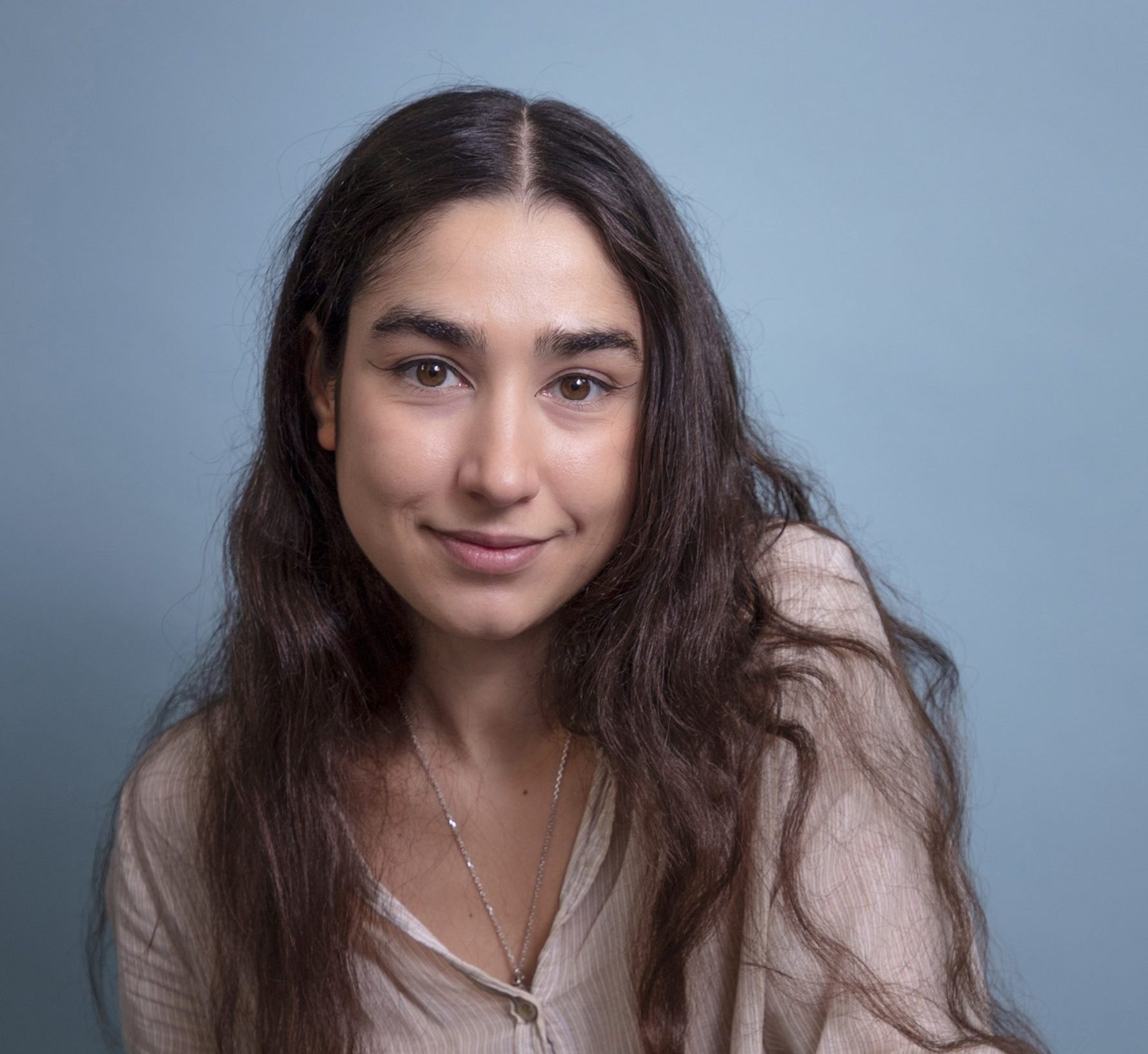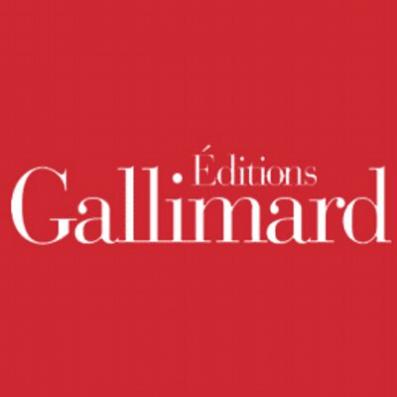Rose Vidal
Artist, Wrister and Art Critic
Summer 2026

- Fiction
- Literature
- Chicago
- New York
- San Francisco
“As long as there is pain, and as long as the opioid crisis violently reminds us of our inability to truly address it, there will always be a thousand forms to invent, reinvent, share, and work on endlessly.”
I am an artist, writer, and art critic. I studied literature before earning my diploma from the École des Arts Décoratifs in 2025.
When I discovered the scale of the opioid crisis in 2021, it was a shock that made me see pain as a key to understanding contemporary societies. At the intersection of political, social, economic, and medical issues, as well as cultural, ontological, aesthetic, anthropological, and historical ones, pain can only be apprehended through representations. This became evident to me: since art is both the vehicle and the creator of representations—and therefore of the ways we experience pain—pain calls on art to respond.
I believe that thinking of art as a painkiller, transforming gestures into laboratories, and artworks into remedies or ways of addressing subjects allows it to reconnect with essential social functions: care, sharing, transmission, and exchange. Art can thus take greater responsibility for its own effects: questioning how to measure them with its audience, adjust them, direct them toward society, and make them useful for deep cultural and social concerns.
My reflection has notably taken the form of a book, Drama Doll, published by Éditions Gallimard in 2025—but as long as there is pain, and as long as the opioid crisis violently reminds us of our inability to truly address it, there will always be a thousand forms to invent, reinvent, share, and work on endlessly.
Rose Vidal is an artist, writer, and art critic. A “painkiller artist,” a “pain-relief mercenary,” she proposes imagining art as a factory of plastic painkillers, testing the possibility of artworks having a curative or palliative function. This project, developed during a residency at the Villa Médicis in 2023, continues to unfold following her first novel, Drama Doll, published in March 2025 (Éditions Gallimard). Drawing from narratives of pain, the artist creates visual, textual, and performative works on the border of design: her practice consistently uses fiction to extend and soften our daily ways of engaging with the world.
Drama Doll formalized a reflective and narrative inquiry into pain. I now want to confront this research with the opioid crisis, examine its realities, and listen to the people who live it, fight it, and suffer from it, in order to develop methods of listening, writing, and shaping the stories I encounter. I want to turn my investigation into a space for encounters and the exchange of tools to better understand what is unfolding in the United States: what does this crisis reveal about its history, its culture, its people? What possibilities, what perspectives does it offer?
I have never been to the United States, yet events there affect me deeply. It begins in San Francisco, where Emmanuelle—the subject of Drama Doll—gave birth and lost her baby. Twenty-five years later, I go there to close Emmanuelle’s book and to open a second one, today. There is no better place than a clinic to open oneself to new stories. I imagine perhaps encountering the ghost of her lost son—before realizing that among the doctors, the patients, and their families, there are so many real stories to haunt me more profoundly than any ghost. Will I hear the voices of these “storyless” people, à la Raymond Carver? They never imagined that their lives could interest anyone here below, or above, or even themselves, so they never took the trouble to tell their stories—the joys, the sorrows—simply living them, slipping into the backdrop of the United States like a leaf falling into the space between wall and desk, forgotten there, never to be read. But we can no longer afford to simply forget them. And to do that, we must take the trouble to tell their stories.
San Francisco is a starting point: it is where Emmanuelle lived, and also “Fentanyl City,” creating a striking contrast between Silicon Valley’s pursuit of technological control over health and immortality, and the visible suffering of public spaces ravaged by the crisis. I am interested in the everyday lives of the population, the settings that bear witness to this history and those that escape it, as well as the institutions and healthcare policies. I hope to meet people whose work is to combat the crisis and support affected communities.
Chicago offers rich perspectives on social divides and how communities organize to face challenges. I hope to connect with contacts at the Chicago Department of Public Health, universities, or any organizations addressing health in relation to urban and social frameworks, resonating with the influential Chicago School of Sociology. I am already in contact with Alice Centamore, a PhD student at the University of Chicago and an art historian involved in the Prison + Neighborhood Arts/Education Project. Alice researches the “Janes,” a group of women who provided advice and performed abortions in the 1970s, and she is connected to local initiatives that continue this legacy.
In New York, I want to explore how major crises, such as the crack and heroin epidemics, shaped artistic communities and inspired new forms of activism and social engagement. I aim to connect with Nan Goldin and the P.A.I.N. collective, which combines art and activism to denounce the opioid epidemic.
In partnership with

Editions Gallimard
Éditions Gallimard, founded by Gaston Gallimard in 1911, is one of the leading French book publishers. Its catalog consists of 36 Prix Goncourt winners, 38 writers who have received the Nobel Prize in Literature, and ten writers who have been awarded the Pulitzer Prize.

